Every Range Rover is a special car, but an SV with the V8 engine, the “Signature Suite”, and the “Serenity” specification takes things to a whole new level. Here is what the Range Rover SV experience is like.
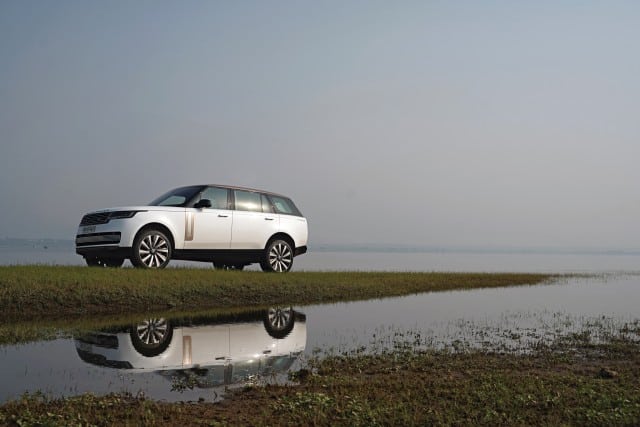
Story: Jim Gorde
Photography: Apurva Ambep
A Range Rover needs no introduction. Its heritage, refined capability, luxury, and massive presence have made it a legend among car aficionados and muggles alike. The fact that Land Rover own the sub-brand—now split into Defender, Discovery, and Range Rover—and that Tata Motors own Land Rover is not lost on many either. However, things just keep getting more and more special—and expensive!
With that, allow me to present to you this—the Range Rover L (Long-wheelbase) P530 (Petrol engine, 530 hp) SV (Special Vehicle operations) Serenity (another very exclusive box to tick in the extensive configurator with many options) where the dealer collects your Rs 5-crore-plus (Land Rover only said it was “more than Rs 5 crore” ex-showroom; the base pricing for the SV starts at just over Rs 4 crore) and has the SVO department build it for you as an exclusively customized commission.
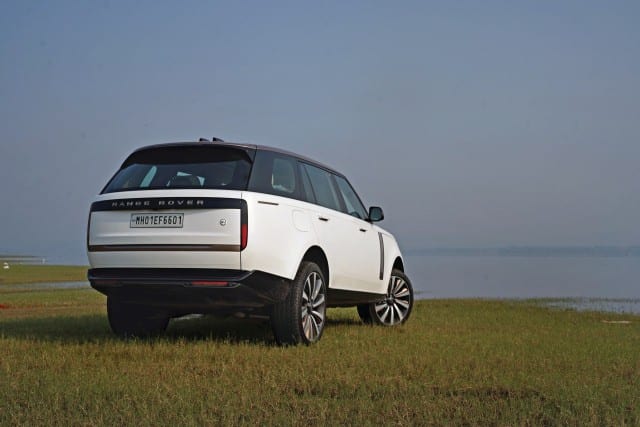
Right, then. It’s huge. Evident almost as much as in pictures as it is in real life. The Range Rover SV stands 1.9 metres tall, more than two metres wide, and measures almost 5.3 metres long—with a wheelbase longer than the entire Tata Nano at 3,197 millimetres, 200 mm more than the standard wheelbase. The presence isn’t measured merely by size. It’s the aura from the aforementioned heritage and the value of the brand that actually get other road-users to make way for this behemoth. The new shape of the latest generation has smoother lines that somewhat effectively mask its boxy proportions. The active lighting, black-masked tail-lights, concealed door-handles, and huge 23-inch wheels with 285/40 tyres spell out excess like few others. This LWB Range Rover SV is more in length than the Maybach GLS and only a little shorter than the Bentley Bentayga EWB and Rolls-Royce Cullinan, with pricing also between the Maybach and its premium German-owned British rivals. This model specification with the Ostuna Pearl White finished exterior has SV Serenity accents in Corinthian Bronze, with the logo, the 23-inch wheels, and contrast roof, among the many additions that stand out.
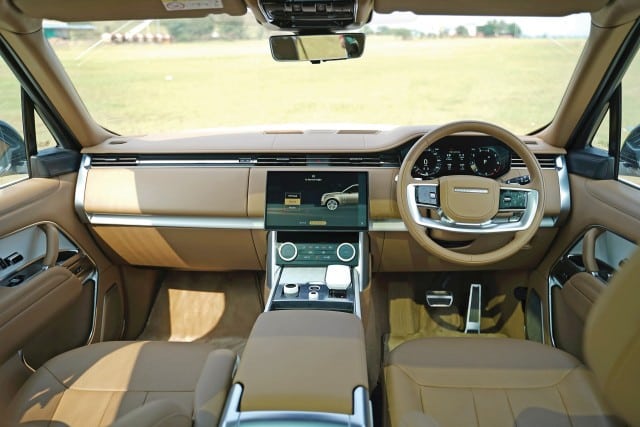
Inside is what this car is all about. The Range Rover SV Serenity interior with “Caraway” (brown) and “Perline” (white) leather upholstery theme is like mocha and cream with the brown front seats and white rear seats complementing each other and the cabin theme well. The dashboard also features satin aluminium accents and a set of gloss white controls for the four-zone climate control, seat heating and ventilation, media power and volume dial, drive mode selector dial, and the stubby gear-lever. A Meridian premium audio system delivers an immersive theatre-quality surround-sound experience. This car includes the “Signature Suite” four-seat layout with business-class individual rear seats and a flowing centre console, including electric folding hideaway cup-holders, a folding table, and even a concealed refrigerator with crafted glasses. Neat.
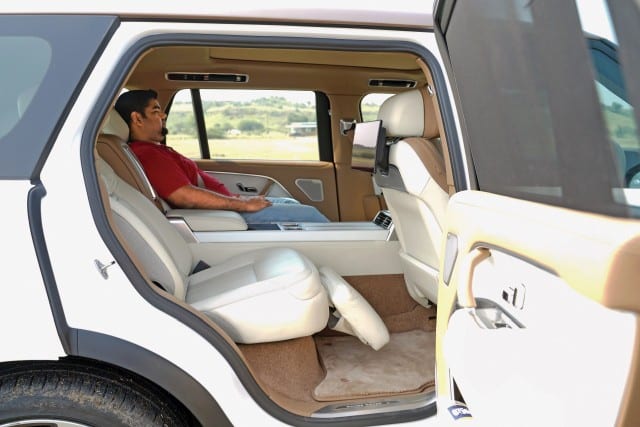
The relaxation mode moves the front passenger seat forwards to maximize comfort for the rear occupant seated on the left. Although by no means is the knee-room for either passenger compromised—that word doesn’t factor in here. There are even a selection of massage functions, from relaxing to hot stone with five levels of intensity.
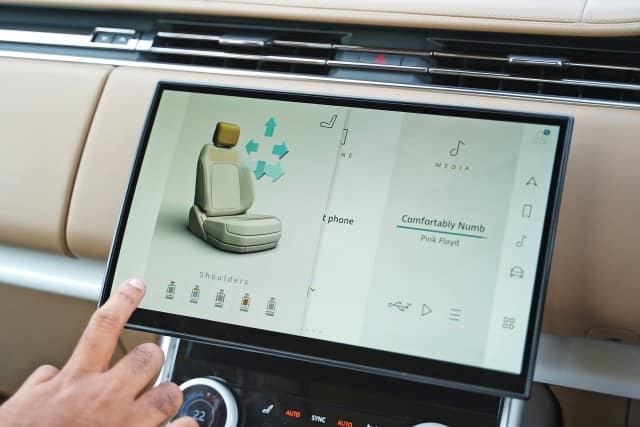
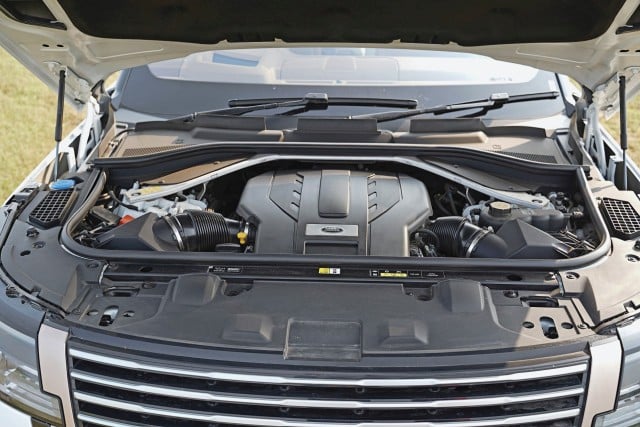
This Range Rover SV has a V8 petrol powertrain. This is not the supercharged 5.0-litre V8 any more. It’s—back to—a 4.4-litre V8 from BMW, specifically the advanced “S63” series twin-turbocharged, direct-injection petrol engine with a 12-volt mild-hybrid system and a lithium-ion battery. The output in this P530 spec is 530 hp and 750 Nm; although the order books are now open for the more potent P615 spec too. A ZF “8HP” eight-speed automatic transmission sends the power to the transaxle which sends it to all four wheels. Though the SV weighs 2.6 tonnes, the V8 powertrain is enough for a sprint from 0 to 100 km/h in a truly ridiculous 4.7 seconds and a top speed of 261 km/h—illegal in so many ways; considering both regulations and physics!
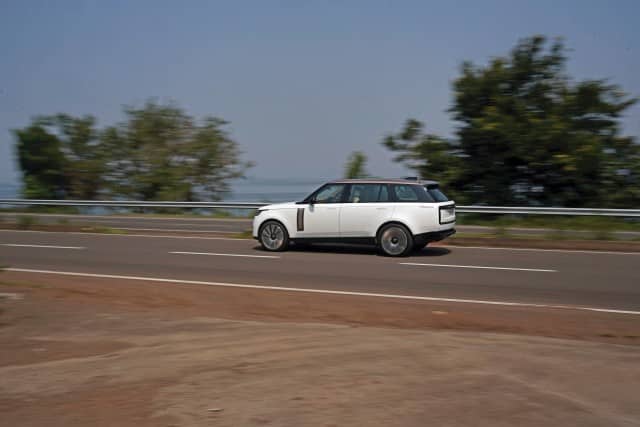



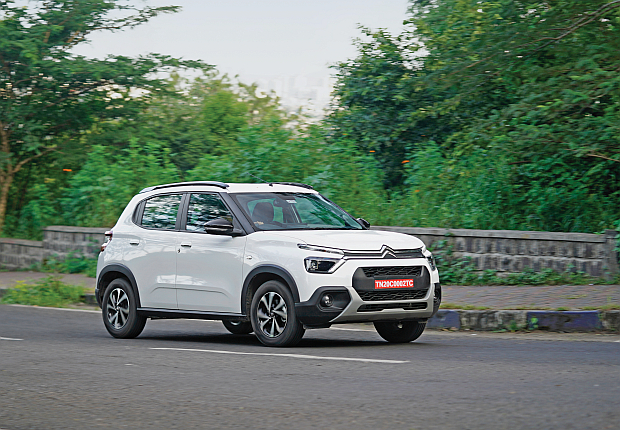
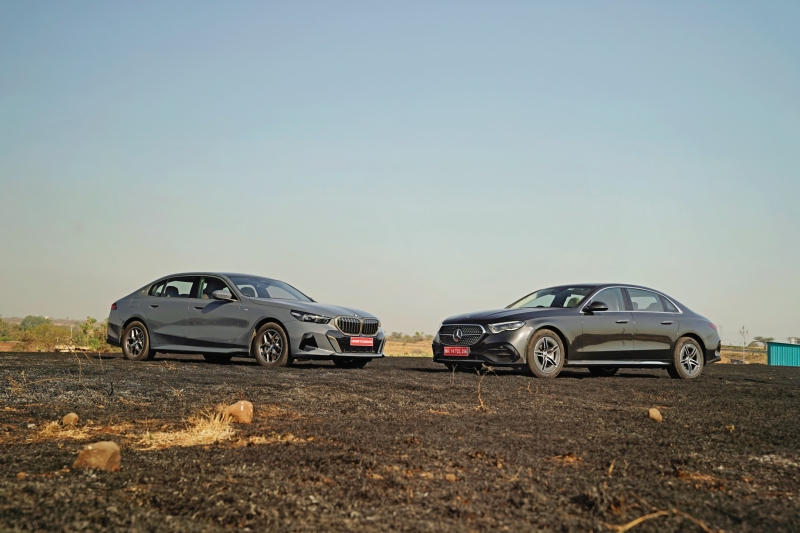

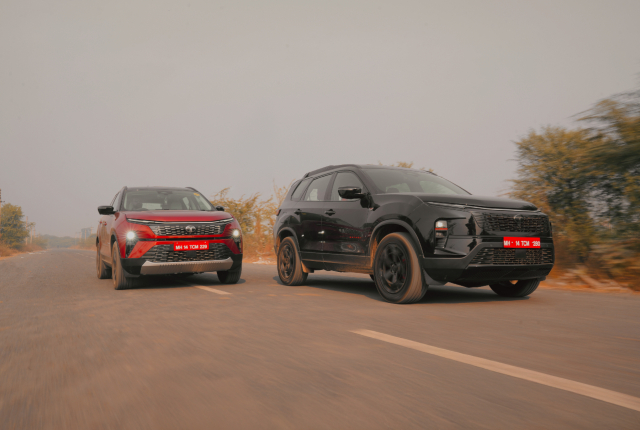
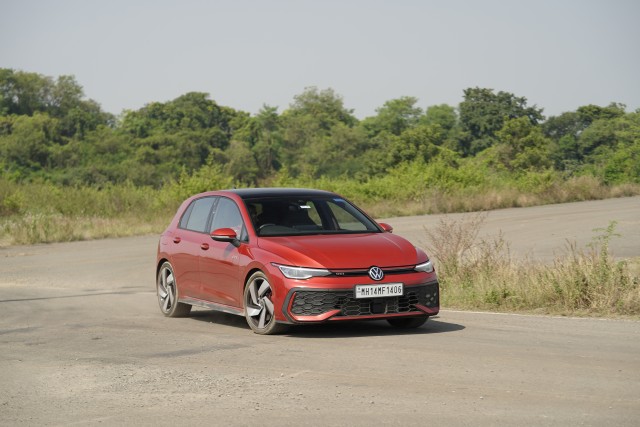










Leave a Reply